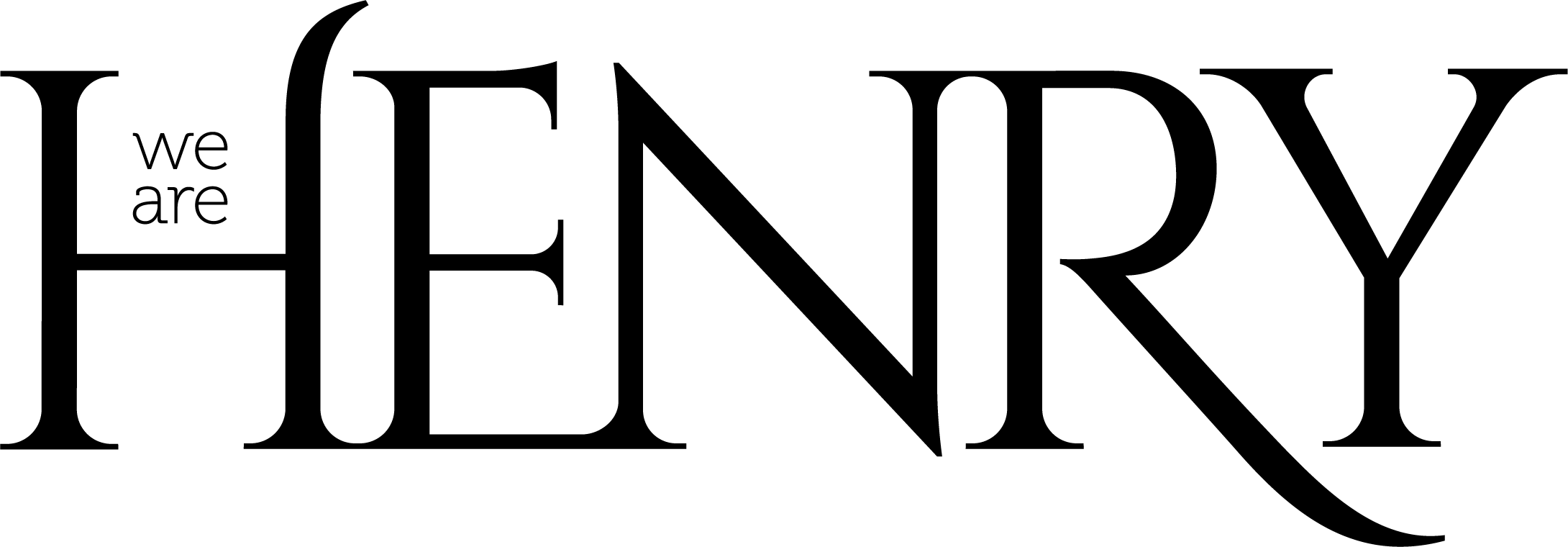Each year a surprisingly large number of American alligators invade the Southern Crescent. From the swamps of Louisiana and Florida, these ancient predators crawl from their watery home and travel through our fair community on their way to destinations around the world, like trekkers who endure a lay-over while venturing to an international appointment.
Have no fear. Governmental authorities welcome this migration into our area. The instigator of the onslaught is a local company with a history of introducing creatures from the wild to folks who are much more comfortable fighting traffic than hunting game.
Tucked away in a small industrial center west of Griffin’s downtown area, is a family-owned business known as American Tanning and Leather, LLC. For four generations, dating back to the beginning of the last century, the Plott family has been trading and eventually tanning, animal hides plus furs and skins, for use in: clothing, handbags, shoes, boots, belts, and watchbands.
Chandler Plott, a resident of Henry County and one of the owners of the growing business, recounts that his great grandfather, Jake Plott, first began trading furs in the North Georgia Mountains almost 100 years ago. He developed a thriving country business purchasing furs from trappers, who occasionally ventured out of the wilds of the mountains with furs, roots, and herbs for sale or trade.
Jake Plott continued in the fur trade for his entire life. In fact, his favorite intern turned out to be his son, Quince Plott. As a worthy protégé, Quince continued Jake’s success in buying and trading furs and skins and moved the business out of the mountains into the Atlanta area.
Continuing the family tradition, Quince’s son, Chris, officially joined the business in 1969. During the 1970’s, Chris recognized the changing market for animal skins. The demand for furs was diminishing while the cost to acquire them was increasing. He anticipated the family business would suffer unless significant changes were implemented.
In 1980, Chris made the difficult decision to transition into the business of tanning reptile skins. Instead of beaver pelts and fox furs, he began looking for sources for lizard, snake, ostrich, crocodile, and alligator skins. This search was complicated by the reality that alligator harvesting was highly regulated. Fortunately, with the tremendous increase in the number of wild alligators in the Southeast, the laws were changing and gator skins were becoming more readily available.
Chris’ love of the outdoors and rapport with hunters and fishermen provided avenues to find new products. Making the change from animal furs to reptile skins also demanded new skills. With hard work and determination, accompanied by the support of his family, the business has become one of the top ten tanneries of reptile skins in the world.
“Active conservation and management efforts have helped stabilize the American alligator population,” Chris explains. The Plott tannery works in cooperation with local authorities in Louisiana and other states to insure regulatory compliance. As part of the governmental management protocol, each skin is tagged at the time of capture or harvest and remains on the hide throughout the tanning process. In fact, the same tag remains attached to the hide through shipping to its final destination.
Like his father and grandfather, Chris brought his children into the business at an early age. His three children (Damon, Chandler, and Christy) grew up in the tannery and continue to work in the family business today. With three of them, they have developed a distribution of labor that has propelled the business to a new level of success.
Damon handles the skins from their arrival through the “crust” stage. During these early steps (taking approximately 45 days) the skins are: cleaned, dried, de-scaled, rehydrated, pickled, tanned, and bleached. Finally, they are re-tanned to impart special characteristics to the leather. Once the hides reach this stage, they are stable and capable of being stored until orders are received.
Chandler manages the finishing process. During the last several years, he has developed newer and more exacting techniques to perfect the hides and colors. Upon receipt of an order, Chandler will oversee the grading, dying, and polishing of the hide.
Finally, Christy is responsible for marketing. She travels the world attending trade shows, calling on designers, and presenting samples to potential purchasers. Because of the close working relationship among the siblings, she can offer buyers tremendous choices. The tannery has developed over 200 custom colors and multiple finishes.
During the last decade, the family has recognized the value of securing a consistent source of skins for their growing operation. With the increasing numbers of alligators available for harvest in Louisiana, the family found a fish processing plant near Baton Rouge. The Plott family acquired the operation and transformed it into an alligator processing plant to be used during the harvest season each fall in Louisiana. This past year approximately 60% of their wild alligator skins came from this investment.
While the plant in Louisiana has been helpful to insure more alligator skins are available, there is still a need for specific sizes of gator hides for specialized applications. This need is met by contracting with various alligator farms in the Southeast. By trading with farmers who grow alligators, the tannery is able to provide discriminating buyers with hides perfectly sized for their designated use.
The tannery is always looking for new customers. In fact, individuals are free to send skins from their legally harvested gators for tanning with the Plott tannery. Chandler proudly points out that if you want to send in a skin, they will gladly “tan your hide.”

